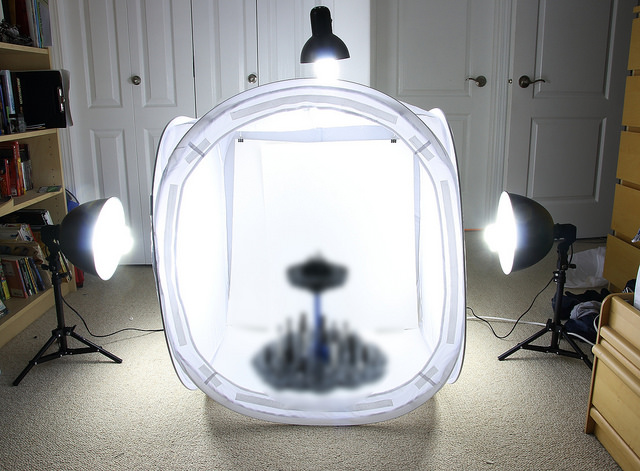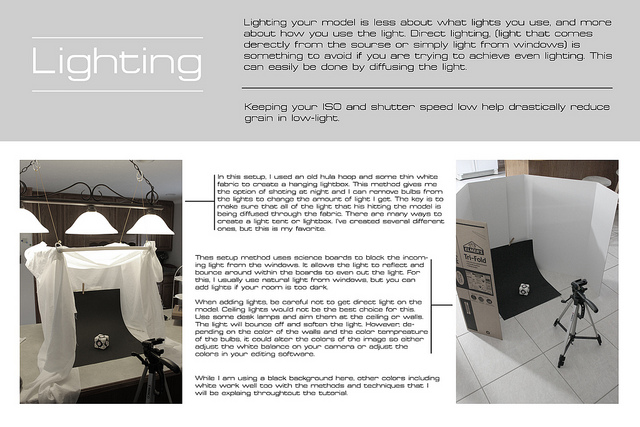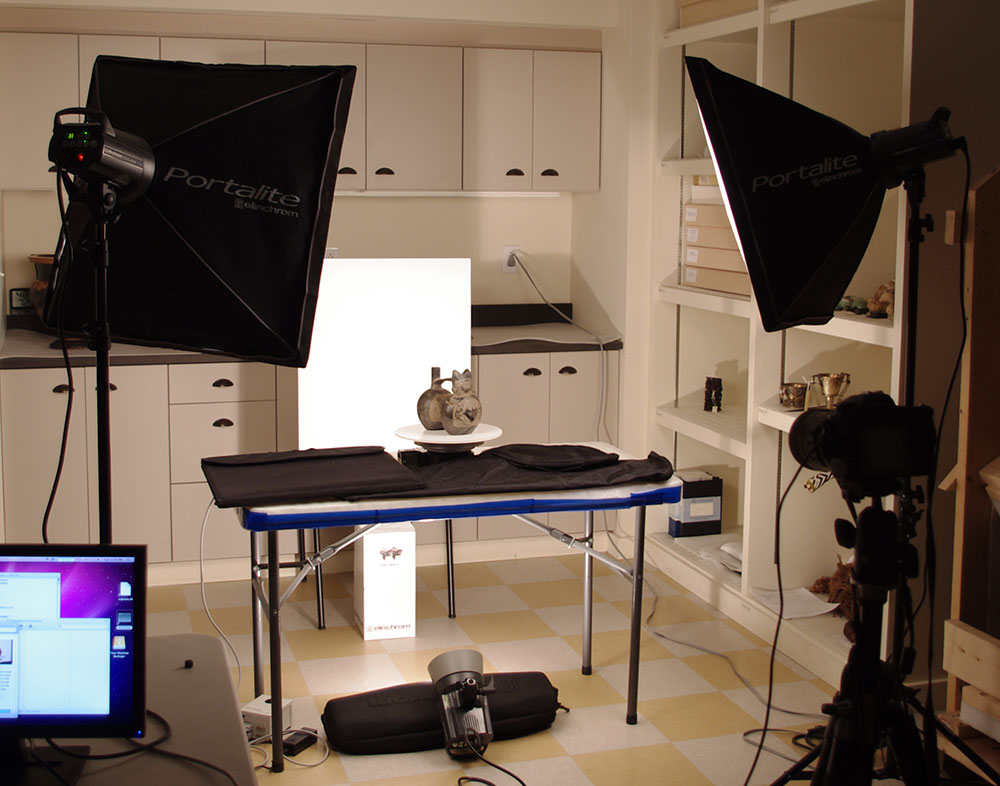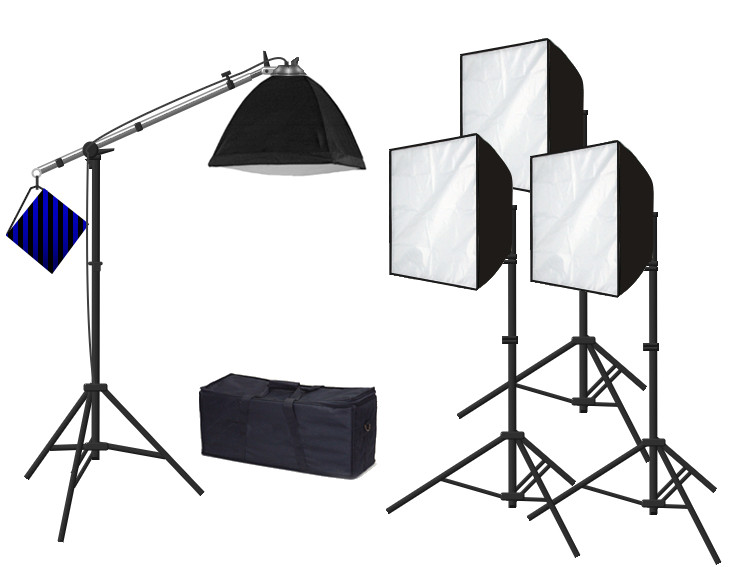One of the easiest ways to improve the appearance of your Lego creation is to take pictures with good lighting. But what exactly is good lighting? In essence, good lighting for Lego photography involves a diffuse light source that casts as few sharp shadows as possible. While you can buy expensive and fancy equipment to get a perfect, professional lighting environment, thankfully there are some easy ways to get similar results.
1. Venture into the outdoors!
One of the best ways to get good lighting is to simply head outside on a cloudy day. Clouds act as a natural filter for light that work great for making clear photos. Just grab a sheet of posterboard to slip under your model and you should be good to go. With a little bit of post-editing and light enhancement with programs like Photoshop or Gimp (which I'll cover in another post) you can get awesome photos with fairly little effort, just like flickr user nnenn. The biggest downside of this kind of lighting is pretty self explanatory: you can't control the weather. But if you don't mind waiting for the perfect overcast day, then this might just do the trick for you.
2. Build or buy a lightbox
The outdoors are great and all, but what if you don't have a lot of cloudy days or, like me, it's too cold and snowy half the year to risk taking your precious creation out into the cold? The good news is that photographers have been using contraptions called lightboxes for years to achieve the same effect as an overcast day, and all from the comfort of your home! Lightboxes are cheap and easy to make and fairly inexpensive to buy. You can check out Legohaulic's amazing tutorial for some pictures of his lightbox setup or take a look at my own setup below
3. Get a softbox setup
If you want to spare no expense when taking your photos, softbox lights are the way to go. While generally the most expensive option of the three I've listed, softboxes give the greatest versatility and quality no matter where you want to take your photos, or what backdrop you want to use. They can be set up pretty much anywhere, provide a broad field of diffuse lighting and are also great for those times when that big spaceship or castle that you built outgrows your lightbox.
For more information on how to take great looking Lego photos, I encourage you to take a quick google search on product photography. Taking pictures of products is basically the same as taking pictures of Lego and most of the tips you find will apply directly to any fledgling Lego builder or photographer.





